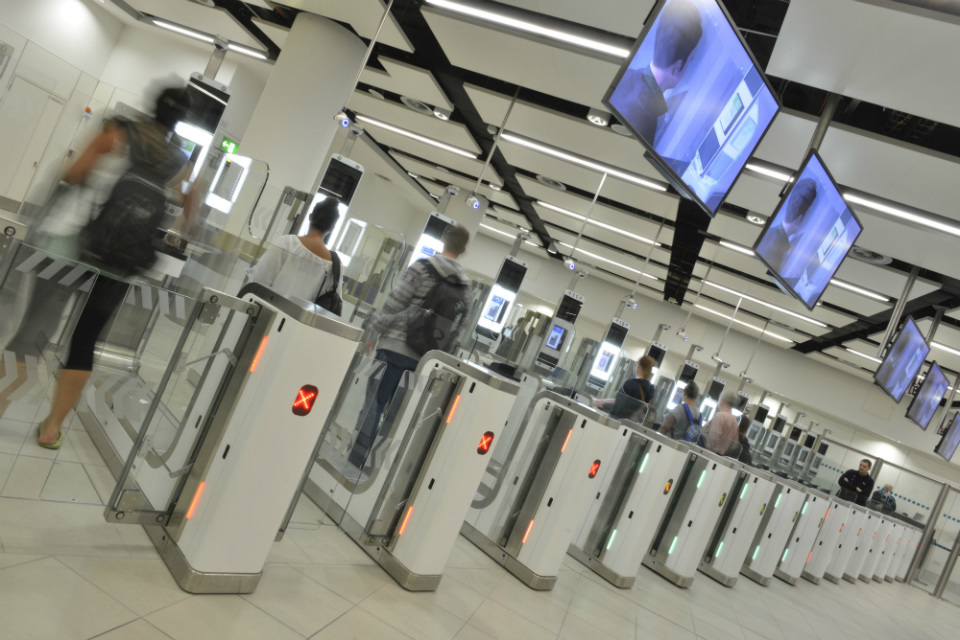A report from the Geospatial Commission encourages local authorities to use new sources of data, including from car leasing companies, telecoms operators and electricity networks
Local authorities can improve decisions on locating electric vehicle chargers by using data standards, tapping information held by the private sector and using proxy methods to fill gaps, according to a report by the Geospatial Commission.
The report, Charging Ahead, points out that although the number of public charging devices has tripled over the last four years to more than 44,000 in July 2023, the government estimates the UK will need at least 300,000 by 2030.
The July data from the Department for Transport shows big differences in the number of chargers. London has 152 public charging devices per 100,000 people, Scotland has 73, north-west England 39 and Northern Ireland just 23.
The Geospatial Commission says that the private sector has strong data on electric vehicle locations as around two-thirds of new registrations are made by corporate fleet owners and leasing companies, which may show where the vehicles are used rather than just registered. “There is a mutually beneficial opportunity for the public and private sectors to test safe and commercially sensitive ways to unlock this data,” the report says.
It also suggests that population movement data from mobile network operators may help to identify useful locations, while information from electricity distribution network operators can indicate the potential cost and capacity of charging there.
Scottish and Southern Electricity Networks and UK Power Networks, which distribute electricity in the east and southeast of England and the north of Scotland, provide data to LAEP+, a tool that local authorities can use to assess the grid capacity on specific roads.
Charging electric vehicles at home in areas that lack off-street parking is often difficult. While the government is developing a national dataset that will provide local authorities with information on this, other data can be used as a proxy in the meantime.
The report says that some local authorities are identifying areas that lack off-street parking by looking for terraces rather than detached houses or using sociodemographic data on neighbourhoods such as Experian’s Mosaic service.
The commission says that using proxy data is often sufficient to make decisions. “We found that in most cases local authorities are satisfied with starting off with ‘good enough’ information which does not require very high levels of specificity and granularity,” the report says.




